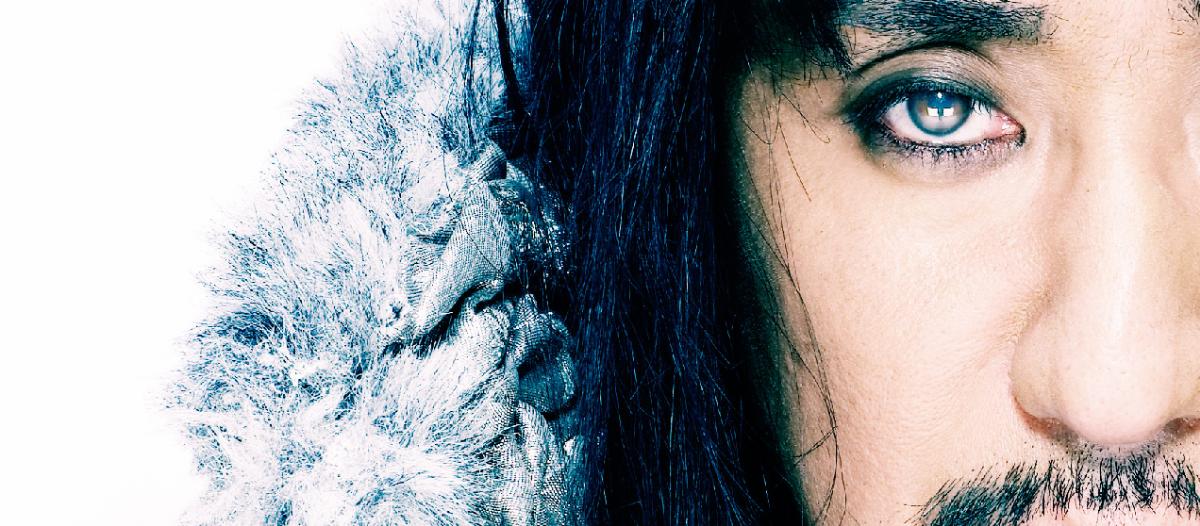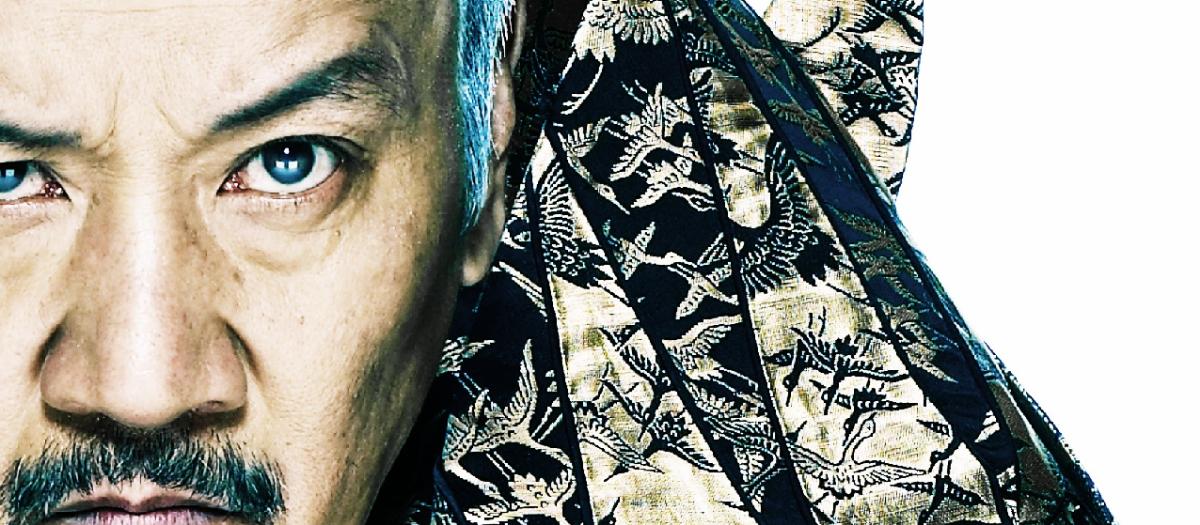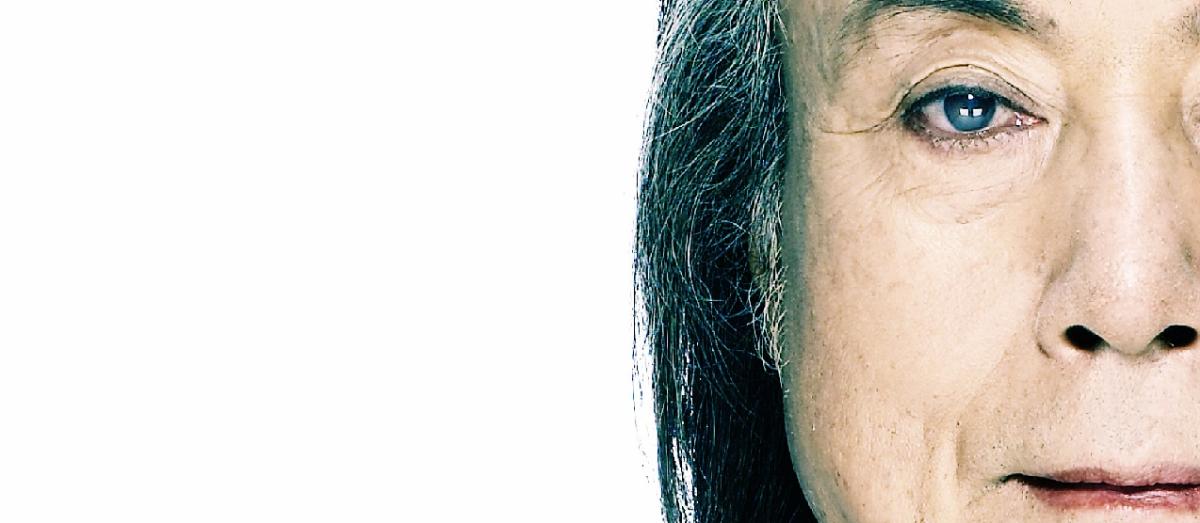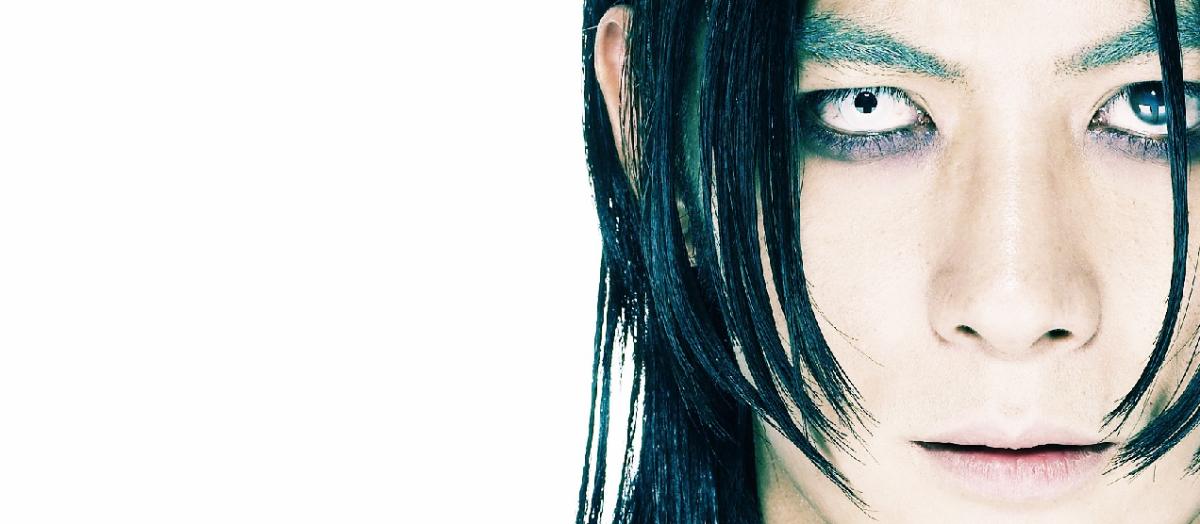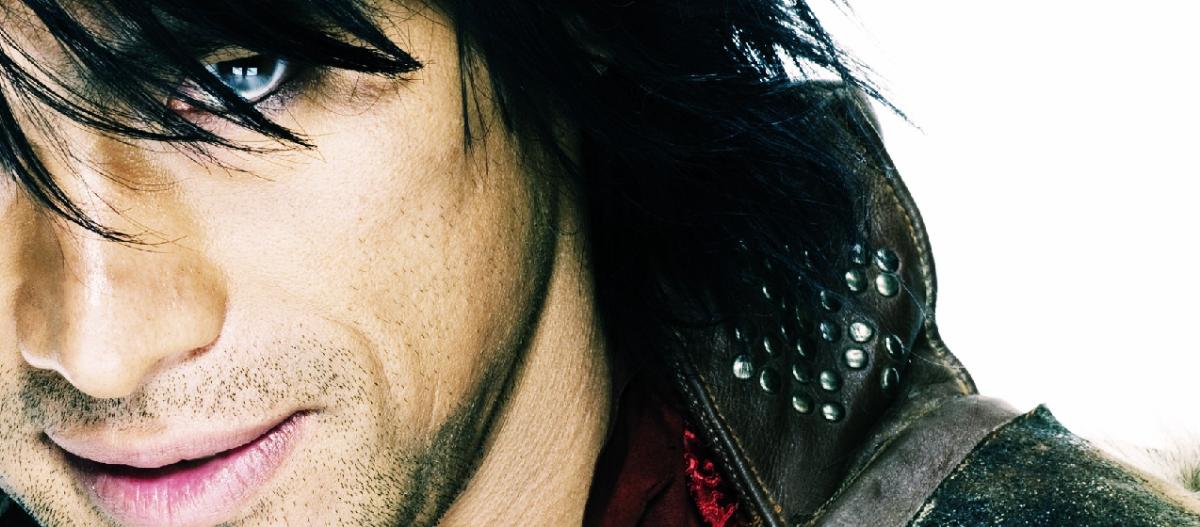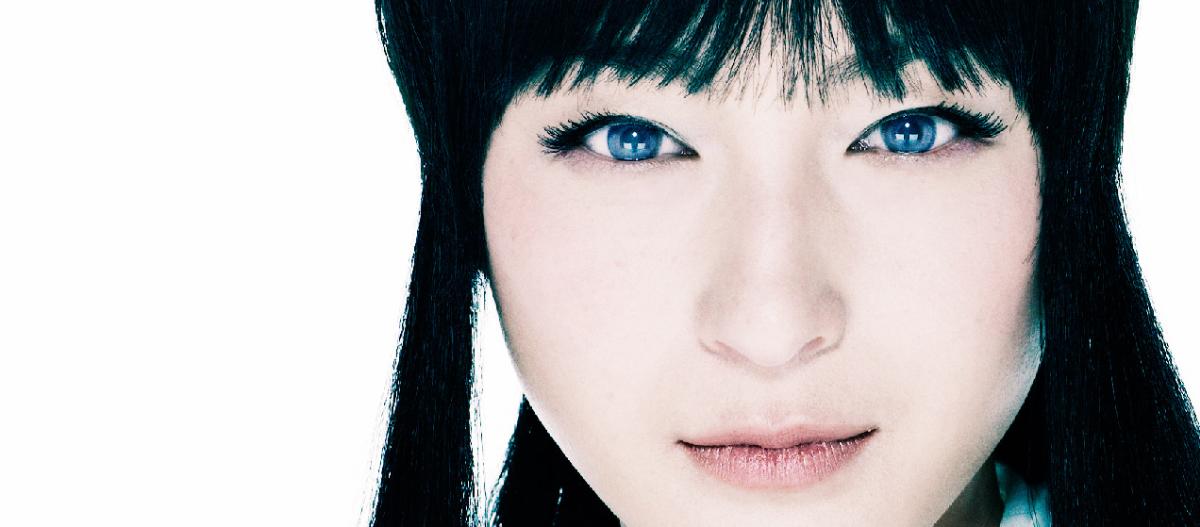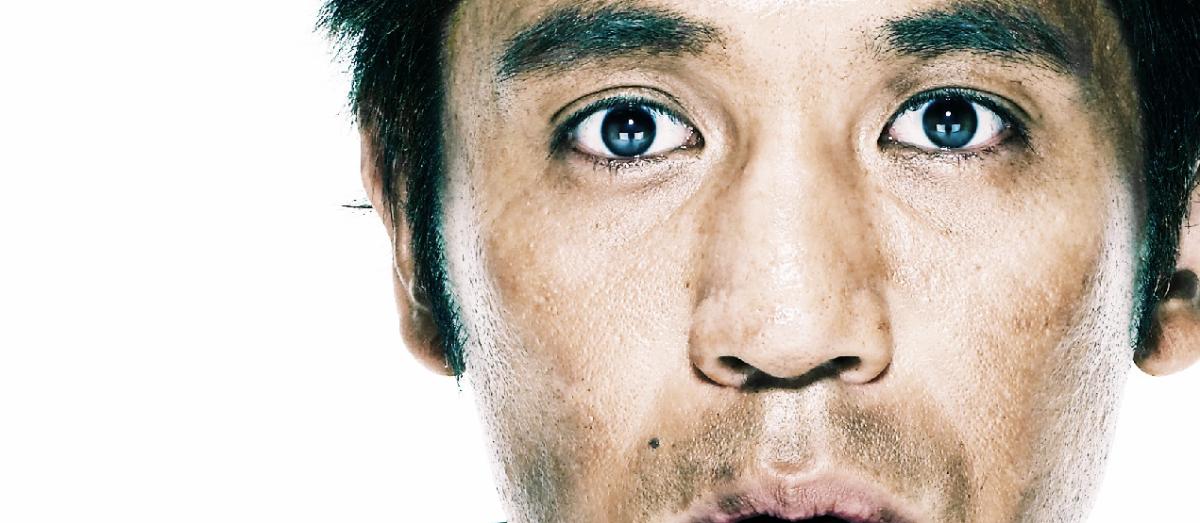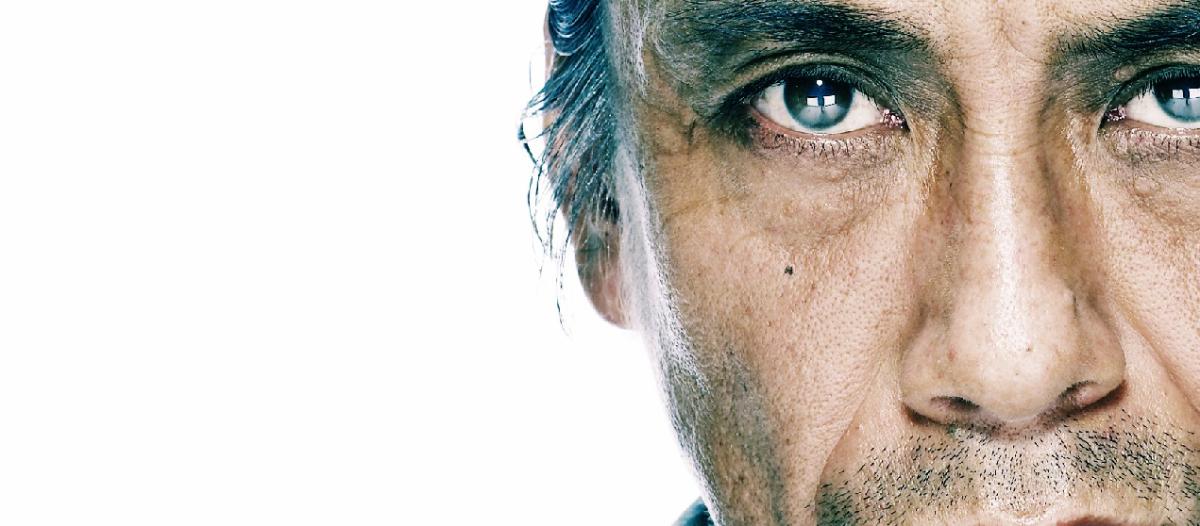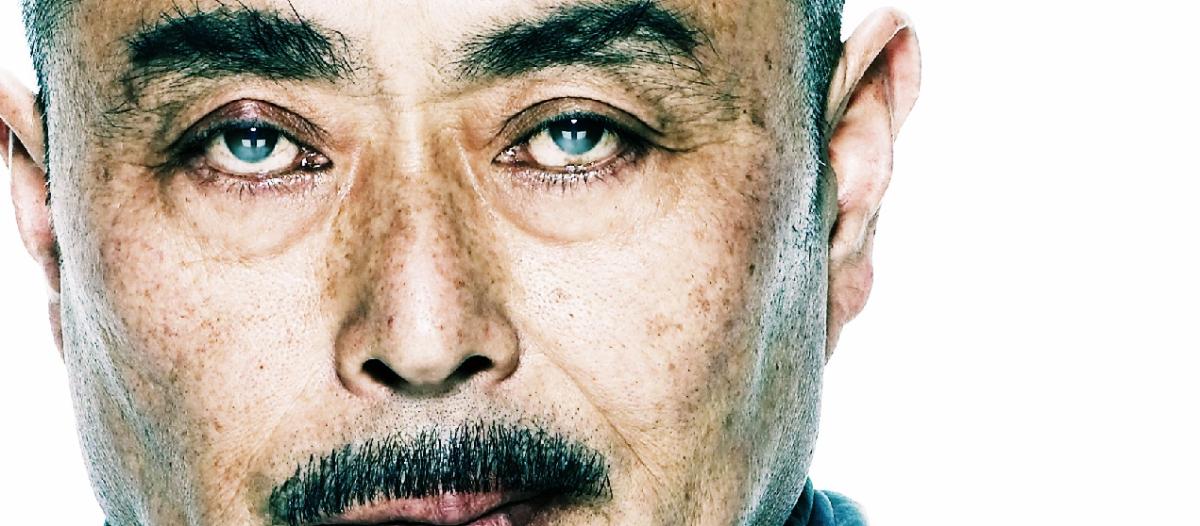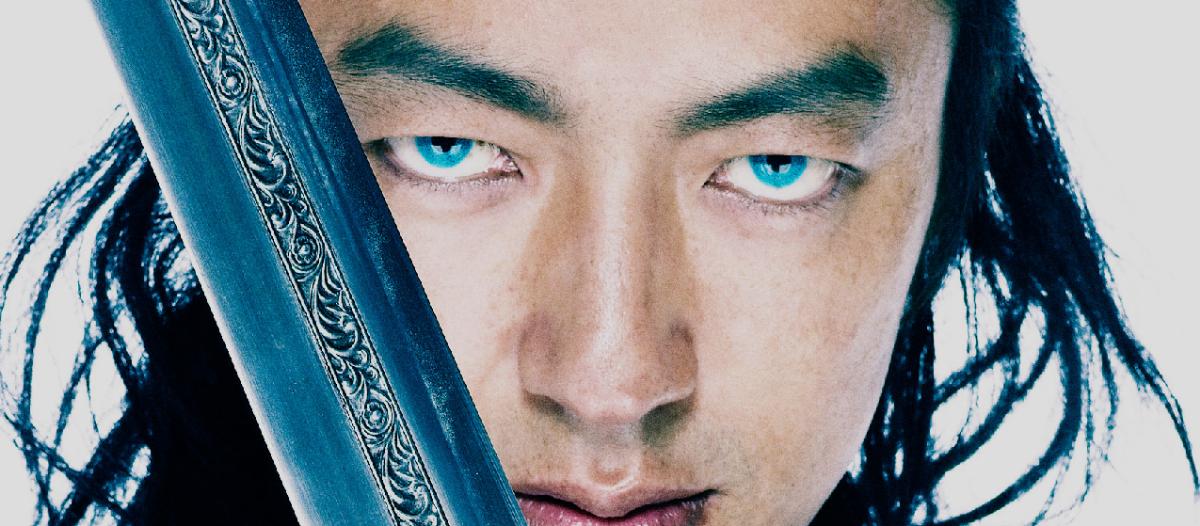[J-FILM REVIEWS] ゴエモン (Goemon)
![[J-FILM REVIEWS] ゴエモン (Goemon)](https://screenanarchy.com/assets_c/2012/09/goe-thumb-430xauto-12770.jpg)
In all likelihood, his ultimate goal only amounted to an earnest wish to help the gamer get through those maddening moments, when only superhuman mental contortions and reflexes which would put snakes out of business would have brought you past the most vexatious of levels. It was in many ways a bittersweet experience, not so much because you cheated and broke the "rules" to win, but simply for that sense of satisfaction that the act itself would take away: the more distant from the end of the game your cheating was, the greater the payoff, but it still wouldn't feel right, as all those intangibles wouldn't be there anymore. Suddenly, the mounting tension of facing the ultimate villain would be replaced by a rather shallow confidence in that deadly combination which, one way or another, would have made you victorious. Curiously enough, what sprung to mind after watching Kiriya Kazuaki's ゴエモン (Goemon) weren't olden tales of the Sengoku period, but exactly that Contra Code. Call it Kiriya Code, if you will.
We're still in 1582, right around the momentous assassination of daimyo extraordinaire Oda Nobunaga, which eventually led Toyotomi Hideyoshi to gain supremacy in the Shogunate. All the major names of the period are featured, from Tokugawa Ieyasu down to Kirigakure Saizo (of the Ten Heroes of Sanada) and Yodo-dono (in her younger days as Lady Chacha), but everything else from costumes to architecture (a rather grotesque yet fascinating mix of east and west), from personal relationships to rivalries, is altered in often puzzling but definitely creative ways. And maybe that's the very point: legendary Sengoku-era bandit Ishikawa Goemon might be one of the most familiar names in Japanese folklore, protagonist of kabuki plays, anime, videogames and jidaigeki classics like 忍の者 (Shinobi no Mono). But what is going to resonate more with today's viewership in Japan, the political intrigues of late 16th century Japan, or a peerless fighting machine who steals from the rich to alleviate the poor's suffering, with ready-for-print-ad looks and a next-door matinee idol aplomb to boot?
In this kind of setup, using real (and some legendary) figures to play around with the quintessential Robin Hood canon is not unlike what Hollywood majors do with superhero franchises, or the treatment Korean manhwa get on TV: you get name recognition and ancillary publicity for a fraction of the usual cost and without the need to laboriously give those characters credibility, with all the financial benefits which come with it. It's lazy and often bastardizes the impact of the original, yes. But would a somber historical drama really fit Kiriya's delirious visuals and grandiloquent cinematic ambitions? The archetypal story of three childhood friends (the titular bandit, a formidable ninja sent after him, and the daimyo's favorite belle) divided by the blind whims of providence could certainly be a worthwhile (if terribly conventional) way to spend two hours. But at the end of the day, Goemon's struggle to find what hides behind a mysterious box and the hordes of villains sent to stop him feels more like an inevitable salad dressing to justify the sensory overload which surrounds it, more than the main dish on offer.
Admittedly, it's not much of a surprise. キャシャーン (Casshern) divided audiences in more or less the same way, but unlike the visual storytelling of real visionaries like Lee Myung-Se, Kiriya's work never suggests that there's someone behind the camera in control of all the madness which is ensuing on screen. While all the insane tonal shifts of something like 형사 Duelist might send a good portion of the audience into fits of rage and/or bewilderment, once you tune yourself into Lee's wavelength and the visual flow and panache he replaces conventional storytelling with, then that rollercoaster ride assumes a lot more layers than simple visceral joy. What you get from watching something like Goemon, on the other hand, is the feeling that Kiriya might have a wild imagination and visual creativity which is second to none, but he can't control it in a way that makes for compelling filmmaking. There is plenty of truly stunning imagery in this film; cinematography and art direction which, in the hands of a capable storyteller, could become the foundation of a masterpiece. But those moments only amount to witnessing a game's single dungeon, awkwardly carrying over to the next, often completely unrelated level.
The fact Kiriya is editing himself can only add to the problem, particularly considering he doesn't really have any idea of how to take advantage of his cast, or mask their shortcomings, in no small part because of his Music Video roots. Actors are never allowed to breathe out their characters, because music or more of his visual shenanigans are always looming behind the corner, ready to punctuate any important feeling Kiriya needs to stress, with any other instance of emoting or even simple characterization egregiously cut off early (with rather amateurish editing techniques), or not shown at all. The result is a lot of fancy one liners, of necessary exposition and gravitas of the moment, but nothing that really rings true, particularly when you consider how much some of those insanely beautiful backgrounds end up distracting you along the way. Just like one of those "wham, bam, thank you ma'am" videogames which dominate today's industry, Goemon is filled to the brim with payoff scenes, but nothing that really makes you look forward to those moments, or gives you any catharsis afterwards. It's like getting one level boss after another, with no crescendo in between.
That our legendary bandit cuts through those hordes of seemingly daunting foes with the nonchalance of a teenager playing Quake with the immortality code on only adds to the overall feeling of insipidness. Sure, it's pretty, the visuals are insane, and in all their misguided decadence, even the costumes are quite impressive. But what's really the point of all this, when even the villains Goemon's entire journey is based on only amount to life-size cardboards ready to be thrown down by his might? Why devote so much effort and technical mastery to a lump of sensory overload with very little rhyme or reason? You can applaud Kiriya for the things he surrounds his characters with, but if everything else ceases to have any importance at the altar of alleged visceral fun, then making films itself would become obsolete altogether. Directors could just all join the videogame industry, and add some interactivity to their visuals. If there's a Kojima Hideo on the other side increasingly turning games into films, there can be a Kiriya Kazuaki doing the opposite. Because, again, this is not visual storytelling. It's just visuals splattered on the screen.
Even throwing a cast like this inside the cauldron is no use, considering Kiriya really has no idea who's going to give justice to his character, and those who should rather be constrained or at least limited. It's like buying Kobe and Federer for your team, and having the former play tennis. Greats like Ibu Masato and Hira Mikijiro are relegated to flower vase status, while veterans who should know better like Nakamura Hashinosuke and Okuda Eiji deliriously overact; the main trio, particularly eternal idol Hirosue Ryoko and Goemon himself (TV mainstay Eguchi Yosuke), give the kind of listless performance you'd expect from one of those spurious Monday night trendies on Fuji Tv, but they miserably fail to light up what is already a rather lethargic affair, despite what the visual splendor might suggest.
Does Goemon have a place in Japanese cinema, particularly if you consider its overseas prospects? Yes, definitely. Kiriya will likely continue trying to hone his craft, and perhaps will one day realize that leaving story and editing to the pros would do his work a world of good. Also, the endless ways with which he can stuff those 24 frames per second makes for a rather unique experience, akin to watching the world's best looking train wreck ensue. But, then again, all it amounts to is a slightly more exotic version of the Hollywood canon, out-of-this-world visual chicanery replacing the explosions and beefcake heroes from the other side of the pond. It's like cheat codes: I can't really say the world would be better off without them, but is that really what the game is all about?
RATING: 3
ゴエモン (Goemon)
Director: 紀里谷和明 (Kiriya Kazuaki)
Screenplay: 紀里谷和明 (Kiriya Kazuaki)
Produced by: Shochiku, Warner Bros. Japan
Running Time: 128 Minutes
Release: 5/1/2009
CAST: 江口洋介 (Eguchi Yosuke), 大沢たかお (Osawa Takao), 広末涼子 (Hirosue Ryoko), 要潤 (Kaname Jun), 伊武雅刀 (Ibu Masato), 최홍만 (Choi Hong-Man), 玉山鉄二 (Tamayama Tetsuji), 奥田瑛二 (Okuda Eiji), 寺島進 (Terajima Susumu)
Goemon
Director(s)
- Kazuaki Kiriya
Writer(s)
- Kazuaki Kiriya (original story)
- Kazuaki Kiriya (screenplay)
- Tetsurô Takita (screenplay)
Cast
- Yôsuke Eguchi
- Takao Ohsawa
- Ryôko Hirosue
- Jun Kaname












Do you feel this content is inappropriate or infringes upon your rights? Click here to report it, or see our DMCA policy.


